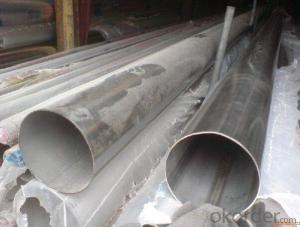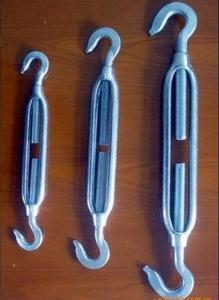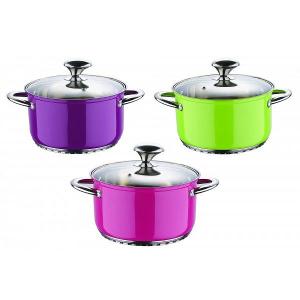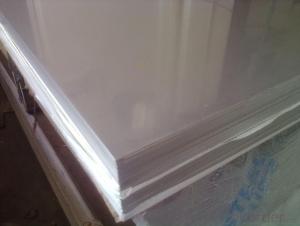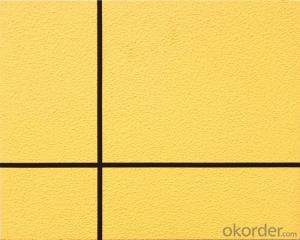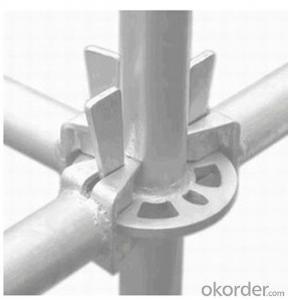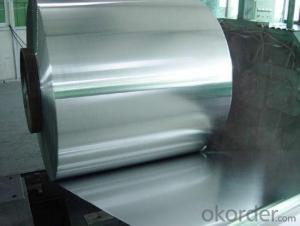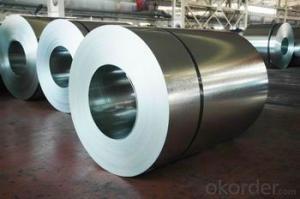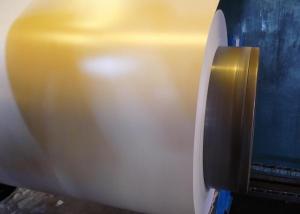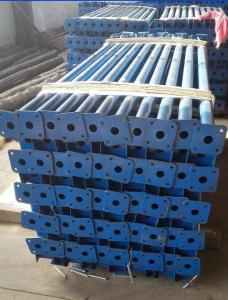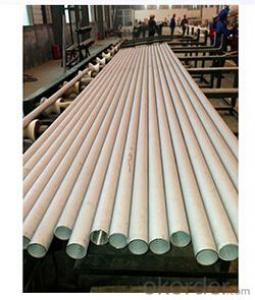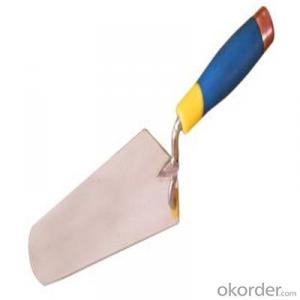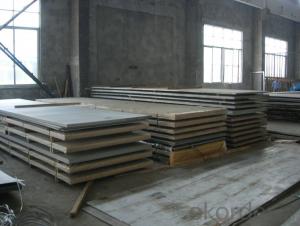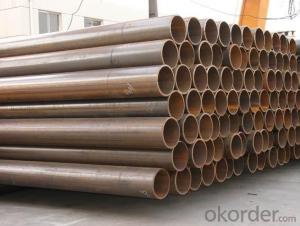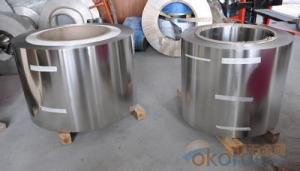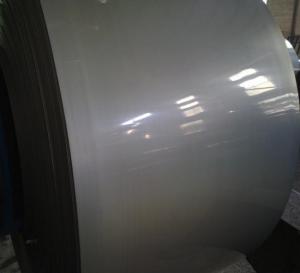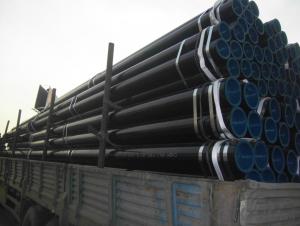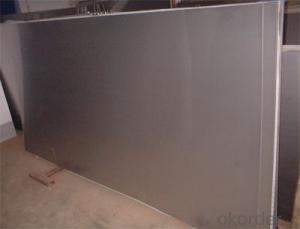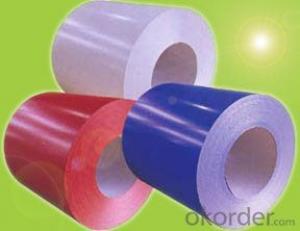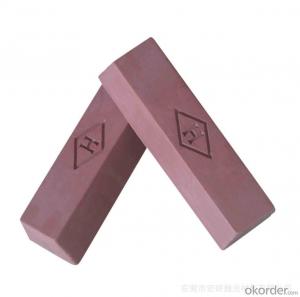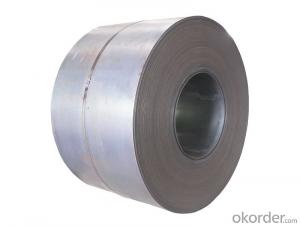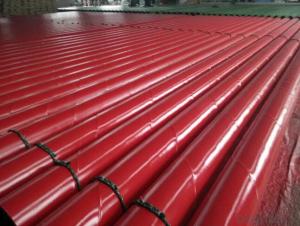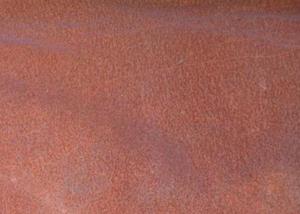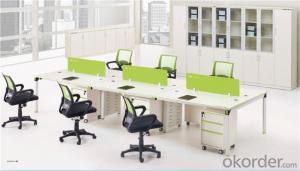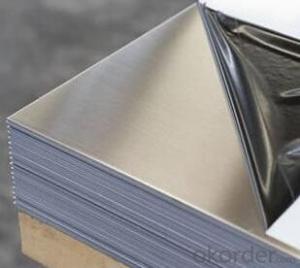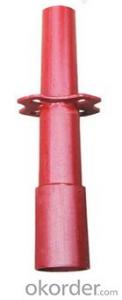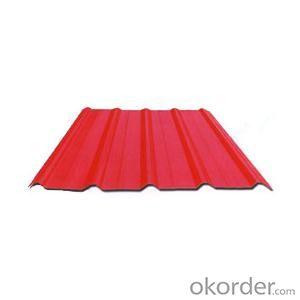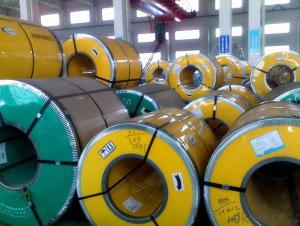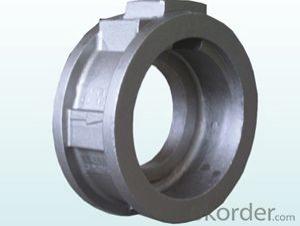Painting On Stainless Steel
Painting On Stainless Steel Related Searches
Painting Stainless Steel Painting Of Stainless Steel Paint For Stainless Steel Painting Galvanized Steel Paint Stainless Steel Painting Stainless Steel Black Stainless Steel Paint Painted Stainless Steel Spray Paint For Stainless Steel Sublimation On Stainless Steel Stainless Steel Color Paint Stainless Steel Spray Paint Stainless Steel Art Sublimating On Stainless Steel Pitting On Stainless Steel Spray Paint Stainless Steel Best Paint For Stainless Steel Paint For Galvanized Steel Stainless Steel Wall Art Anodizing Stainless Steel Engraving Stainless Steel Black Stainless Steel Paint Stainless Steel Engraving Stainless Steel Touch Up Paint Stainless Steel Coating Painted Galvanized Steel Etching Stainless Steel Stainless Steel Appliance Paint Stainless Steel Etching Paint Galvanized SteelPainting On Stainless Steel Supplier & Manufacturer from China
Painting On Stainless Steel is a specialized technique that involves applying various types of paint to stainless steel surfaces, resulting in a durable and visually appealing finish. This process is commonly used to enhance the aesthetic appeal of stainless steel products, such as appliances, architectural elements, and industrial equipment. The application of paint not only improves the appearance but also provides corrosion resistance and protection against wear and tear.Painting On Stainless Steel is widely used in various industries and settings, such as commercial kitchens, food processing plants, and medical facilities, where stainless steel is a popular material due to its strength, durability, and hygiene properties. The painted surface can be customized with different colors, patterns, and textures, allowing for a high level of design flexibility. This makes it an ideal choice for both functional and decorative purposes, as it can seamlessly blend with existing designs or stand out as a unique feature.
Okorder.com is a leading wholesale supplier of Painting On Stainless Steel products, boasting a large inventory that caters to the diverse needs of customers worldwide. With a commitment to quality and customer satisfaction, Okorder.com ensures that the products they offer meet the highest industry standards. Their extensive range of Painting On Stainless Steel products makes them a one-stop solution for businesses and individuals looking to enhance the appearance and functionality of their stainless steel items.
